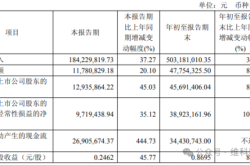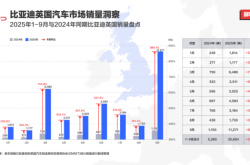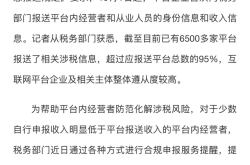Instant AI Search Battle: Douyin Moves Toward Encyclopedic Search, Xiaohongshu Targets AI Reviews
![]() 03/18 2025
03/18 2025
![]() 629
629

As of mid-March 2025, the AI search landscape has heated up with Tencent Yuanbao's popularity, Weibo AI Smart Search's integration with DeepSeek, Xiaohongshu's Diandian search platform also merging with DeepSeek, the increasing likelihood of AI search functions within Douyin, and Quark's update of AI Super Box. All these players have entered the fray.

Chatbots, social media, and document search are naturally the primary battlegrounds for AI search. Among them, social media stands out due to its timeliness. These platforms, with their UGC content ecosystems, continuously generate vast amounts of real-time, first-hand content. With the support of instant information from social media, AI search has further refined into instant AI search.
Before the AI search era (2024), instant search referred to obtaining more timely, interactive, and personalized information, though not necessarily authentic, authoritative, or long-lasting. While information aggregation platforms also had timely information, instant search behaviors were more prevalent on social media.
When AI search is applied to social media platforms, instant AI search emerges. A previous "New Standpoint" article analyzed the first instant AI search battleground—WeChat and Weibo, text-focused UGC social platforms, integrating with DeepSeek and their respective advantages and strategies. Douyin and Xiaohongshu, focusing on video and image-text content, are currently the most watched public social platforms and the second battleground for instant AI search.
Compared to players in the first battleground and those not focused on instant AI search, Douyin and Xiaohongshu share similarities in content format, ecosystem, and AI search exploration paths. However, their positioning differs. Besides user perceptions of AI search within their platforms, their new search applications also have distinct positions. Douyin search aims more at the 'encyclopedia' category, while Xiaohongshu's Diandian targets the 'Dianping' of the AI search world.
01. Positioning of Douyin and Xiaohongshu's Content Ecosystems in AI Search
In "New Standpoint's" previous article, "Accelerated Development of AI Search: 'Text and Images' Return to the Top of Content, Corpus Quality is the Key to Victory," it was mentioned that WeChat and Weibo's initial integration with DeepSeek signified AI search amplifying the influence of 'text' content. Simultaneously, the reverse deconstruction of video and image textualization on short video and image-text platforms began to rise.
Text, as the primary content format linking content and users, is crucial. However, for social media platforms like Douyin and Xiaohongshu that don't focus on text, solutions exist. Xiaohongshu uses its image-text content mechanism to leverage the advantages of 'text' in the AI search era. For instance, users noticed an increase in the frequency of image generation from sentences last year, and the proportion of 'text' images on the recommendation page seemed to rise. Additionally, Xiaohongshu began supporting some content detail pages displaying only text.
These text-focused notes have a strong 'one-sentence voice' mindset akin to Weibo, leading to high interactivity, timeliness, and personalization. Moreover, such 'complaining' or 'gossip'-natured image-text content is less likely to repel or alarm users when captured by AI.
Combined with Xiaohongshu's growing search scenarios, it launched Sousoushu, with a clear 'question' tendency in search input. Sousoushu quickly summarizes results by combining 'real experiences of X people,' capturing the text part of notes. However, there's no sign that the search results page can capture and structurally analyze user-made image-type guides among Xiaohongshu's main image-text notes, despite image analysis and image AI search technologies becoming more mature and widely applied.
"New Standpoint" speculates that from a user perspective, especially in lifestyle content, users often spend time, energy, and money on life projects, then organize, edit, and retouch photos to create a personal IP for sharing life experiences. If AI captures the 'essence' of images in such guides, it means AI allows numerous users with similar needs to skip the personal IP display, conflicting with Xiaohongshu's user ecosystem interests.
In contrast, Douyin's approach to deconstructing content formats in the AI era is by directly extracting video voiceover content. Since last year, Douyin has had automatic text extraction functions on video publishing pages, recommendation streams, and search results pages, but they weren't fully displayed as AI-related functions. Now, for question-oriented search inputs on Douyin, the output results likely jump out of the station's 'AI Search' function, with results derived from text content extraction of relevant videos, clearly listing each reference source.
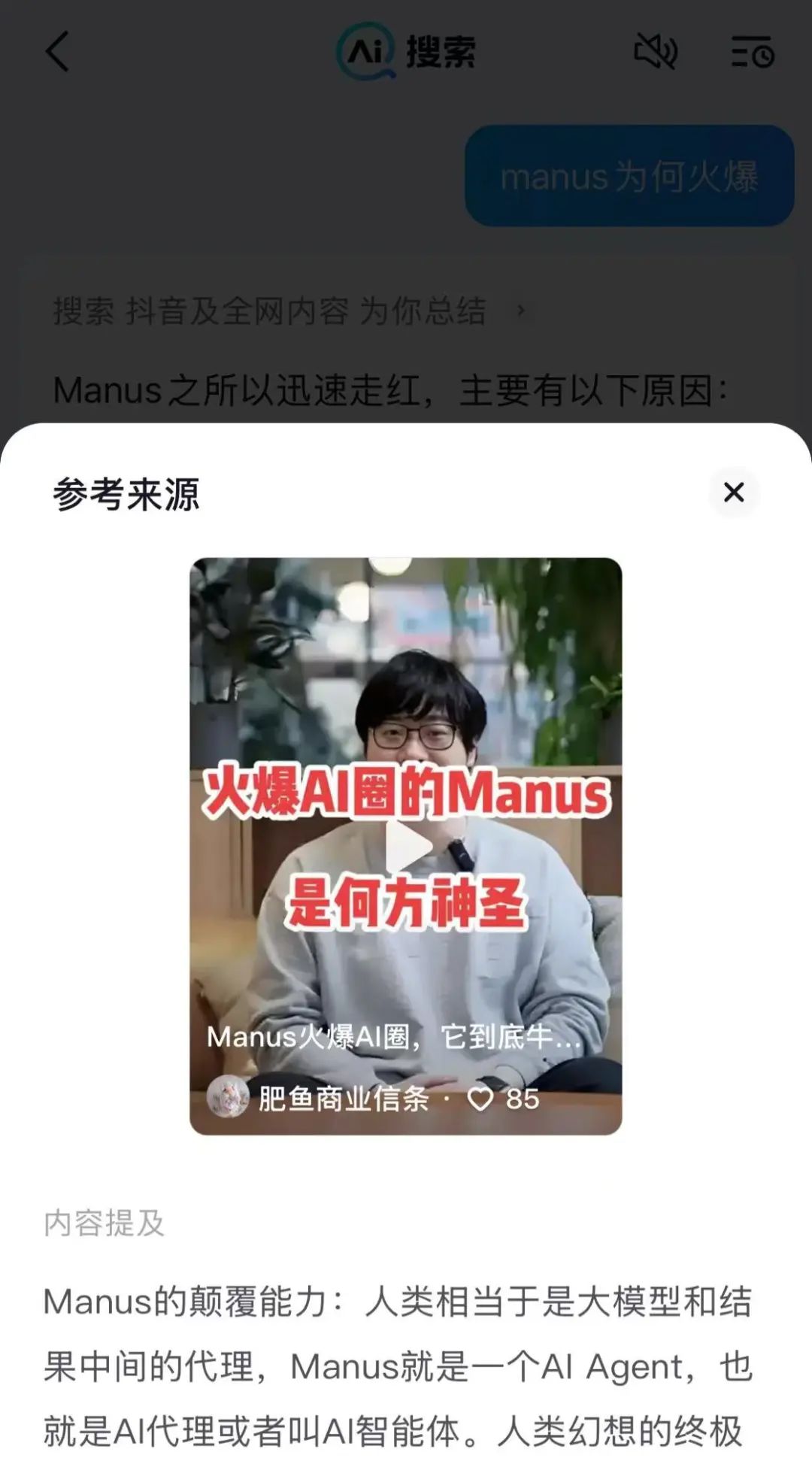
Image: AI search results page within the main Douyin app
Moreover, AI search has specific vertical requirements for content ecosystems, and Douyin is enhancing vertical content construction from the content presentation format. When users think of a problem in a field, they go to the platform with the most relevant content to search for related questions. Previously, due to Douyin's single waterfall stream and video content focus, user attention consumption during single content screening was costly, and there was no 'click-through rate' metric. Compared to Xiaohongshu, building a vertical content information cocoon was more challenging, and its overall content ecosystem was less vertical.
Therefore, Douyin now displays a 'related recommendations' subpage at the bottom of the recommendation stream for some science popularization videos, showing other highly related videos.

Image: Subpage recommendations under a single video in the recommendation stream within the main Douyin app
In summary, responding to the AI search wave, Xiaohongshu has preliminarily explored combining its unique content ecosystem with AI output functions since last year, while Douyin has intensified efforts in video text extraction and vertical content construction.
02. Douyin Search vs. Xiaohongshu Diandian: Differentiated Positioning of Encyclopedia and Reviews
Based on the above AI search explorations within Douyin and Xiaohongshu's main apps, both launched search-focused applications last year: Douyin Search and Xiaohongshu Diandian.
Judging from Douyin Search's main 'Home' UI design, it has long coveted the vertical ecosystem of double waterfall streams: the main 'Home' page is a double waterfall stream of image-text and video content recommendations, while other pages like 'Video', 'Messages', and 'Me' are simplified versions of the main Douyin app. Combined, Douyin Search's product logic resembles that of the main Xiaohongshu app.
As mentioned, AI search can't exist without a vertical content ecosystem, so understanding Douyin Search's product design isn't difficult. There are three advantages for Douyin Search to follow Xiaohongshu's path.
First, Xiaohongshu's original product logic's value in the search market is widely recognized. A previous "New Standpoint" article mentioned that "Xiaohongshu's daily average searches approached 600 million times in the fourth quarter of last year, doubling from mid-2023," surprising yet expected for the industry. Simultaneously, rumors suggested "Douyin's daily average searches were 700 million times." Combining these data and actions, it's clear—in the search market, the main Douyin app's product logic value is lower than Xiaohongshu's.

Second, Douyin Search can continue Xiaohongshu's search exploration. As mentioned, Xiaohongshu has explored combining its content ecosystem with AI search, such as constructing a text and image content ecosystem and balancing the content scale captured by search results, paving the way for AI search's further development.
Third, replicating Xiaohongshu's product logic, Douyin's content reserve may be larger and more easily structurally captured and expressed by AI. Combining Douyin's previous video content extraction with its long-term mid-length video and science popularization video construction, along with information channels like Toutiao, Douyin's content not only embodies Xiaohongshu's 'instant content' mindset but also has a professional content mindset akin to Bilibili and news portals.
"New Standpoint" maintains that in 2025, AI will enter a corpus competition stage. Whoever has a better corpus in the user's perception will gain a foothold in AI search.
From a long-term strategic perspective, Douyin Search's positioning resembles Baidu's past, aiming to be an 'encyclopedia' of all categories and various timeliness in professional and lifestyle entertainment fields. However, with the main Douyin app's AI search product logic value inferior to Xiaohongshu's, Douyin Search lacks a precise scenario entry point, and its broader search market target may still compete with products like Tencent Yuanbao.
Judging from Xiaohongshu Diandian's product logic, its application scenario is precise—use Diandian when you have questions or are out and about. It initially targets the highly monetizable local lifestyle field.
Diandian's main page focuses on location information and is concise, with only a search box, 'What can I help you with?' to guide users to ask questions, and several common life problem tags below serving as category navigation bars in regular applications.
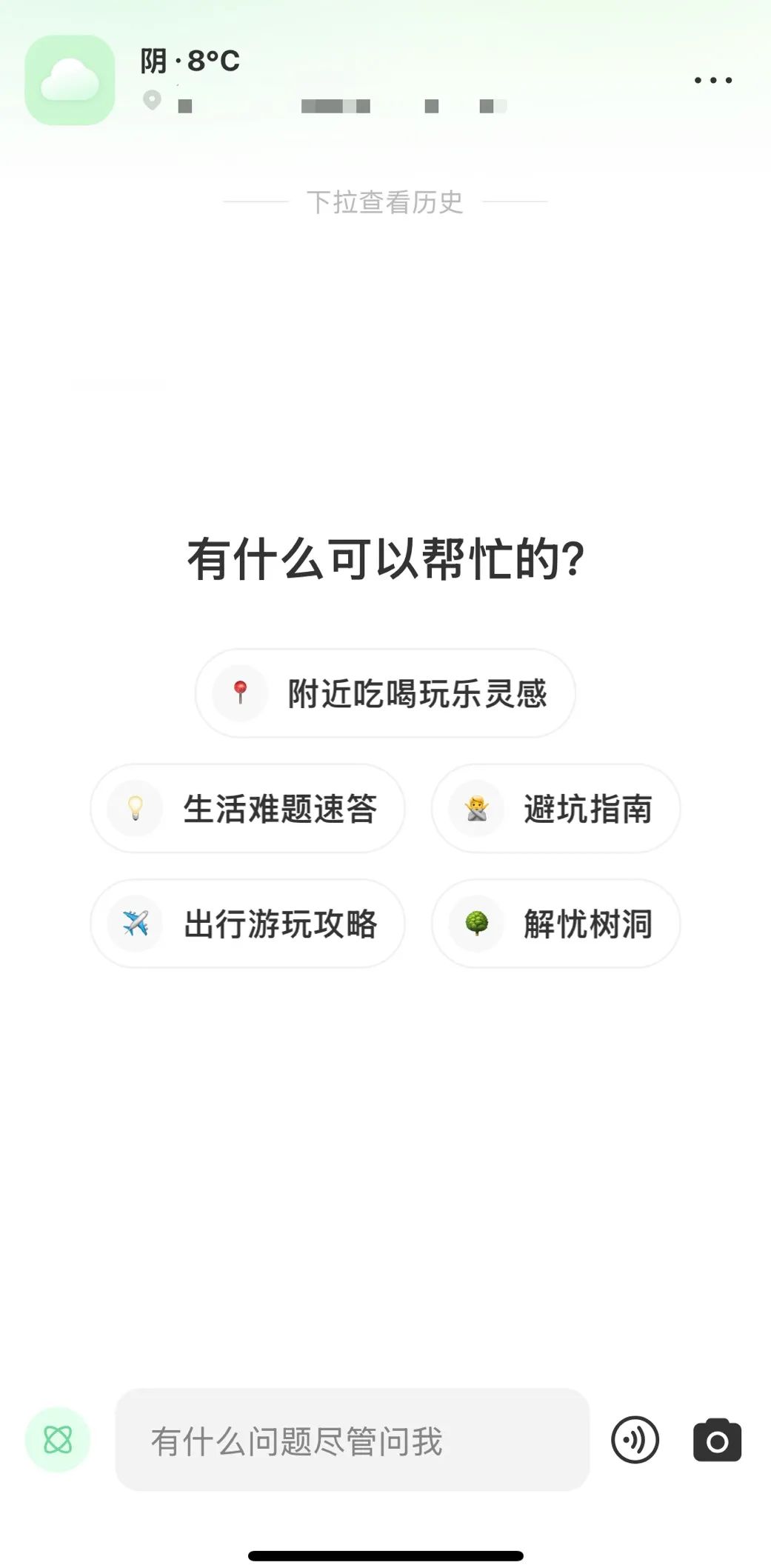
Diandian's concise main page complements the main Xiaohongshu page's user mindset. Previously, some Xiaohongshu users said, 'I originally wanted to check something in 30 seconds, but it took me 30 minutes to get out.' They hoped for a minimalist version.
In fact, Xiaohongshu's strength in constructing a highly vertical content ecosystem with double waterfall stream image-text video content has a trade-off: high user attention consumption efficiency for information screening, meaning users have low initiative to escape such efficient screening. When users only want to search for doubts without efficient information presentation bombarding their attention, Xiaohongshu's double waterfall stream's drawback becomes apparent.
Now, 'Diandian' seems to be Xiaohongshu's 'minimalist version,' accessing all Xiaohongshu notes while only serving the question-asking search scenario, unlike Douyin Search, whose main page also provides recommendation streams.
In summary, in the social media content-composed instant search market, on the second battleground besides WeChat and Weibo, Douyin Search follows Xiaohongshu's path to target the broader 'encyclopedia' market, while Xiaohongshu positions itself as the 'Dianping' of AI search.
03. Written at the End
Whether within main apps or separate applications, Douyin and Xiaohongshu's AI search explorations are currently reasonable. Additionally, Xiaohongshu Diandian has integrated with DeepSeek, while Douyin's search system is still supported by its own AI.
From their parent companies' perspectives, will Douyin Search integrate with DeepSeek? In "New Standpoint's" view, it's possible but unlikely. This may also be a key competitive difference between them in the future.
On the other hand, Douyin's content categories resemble Xiaohongshu's, and both have actively deployed local lifestyles in recent years. However, previously, Douyin's local lifestyle business logic was highly tied to the main Douyin app's single waterfall recommendation stream, focusing on exposure rather than evaluation feedback and guides.
Now that Douyin Search's product logic resembles Xiaohongshu's, borrowing this logic may rewrite Douyin's local lifestyle business logic. But the premise is that Douyin Search's monthly active user scale reaches a considerable level. During this period, Xiaohongshu Diandian still has ample time to grow.
*The lead image and images in the text are sourced from the internet.

